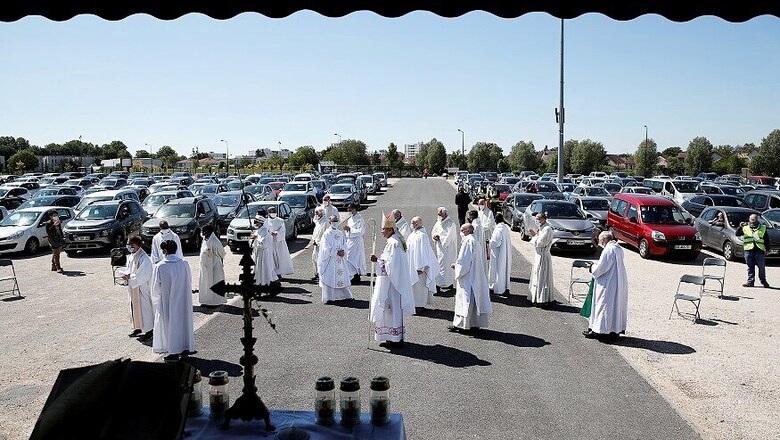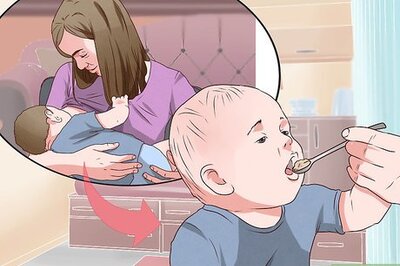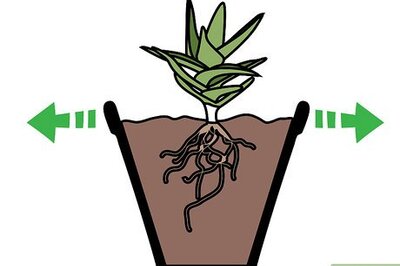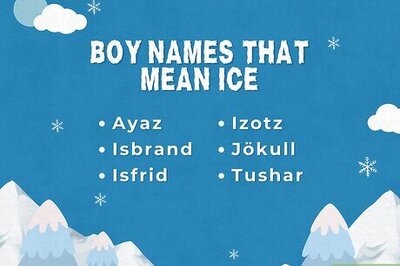
views
Summer-time temperatures and humidity will not be a potent panacea against COVID-19 and the rise in temperatures will offer only modest reductions in the transmission of the coronavirus, new research has found. It has concluded that the virus transmission will reduce marginally when average temperatures are above 25 degrees Celsius and each 1.8 degree Celsius rise above that would also reduce the reproductive number of the virus, also known as R0 or R naught. Also, higher levels of relative humidity will strengthen the negative effect of temperature above 25 degrees Celsius on transmission of the virus.
Reproductive number denotes the average number of individuals that can get infected because of an infected person. In the absence of prior immunity and any policy response, this number is estimated to be in the range of 2-3 for COVID-19 across many locations, leading to rapid growth in cases, the study said.
The yet to be peer-reviewed study by researchers at Harvard Medical School, Massachusetts Institute of Technology, was published in a working paper. The research comprised examining large datasets of infections and weather conditions at 3,739 locations in the world and its co-relation with what the paper termed as ‘relative Covid-19 rise due to weather’ (CRW). The study also projected the risk of the pandemic going ahead for highly-populous cities, in the context of their weather patterns.
The projections for major cities across the globe showed they go through periods of higher and lower risk during the year. Among Asian cities, the projection showed a downward trend for CRW or rise in cases between the months of May and mid-June and then a slight upward trend in July. The trend slopes downward once again up to the month of October, when winter commences.
The paper cautioned that these risks cannot be associated with absolute reproduction numbers and the estimates are likely to be conservative. It added that the CRW score needs to be low to contain the epidemic on weather conditions alone. Hardly any cities have been projected to achieve this scenario.
The working paper stressed on the caveat that the estimated impact of summer offers only partial relief to some regions of the world and policymakers and public should remain vigilant in their response to the pandemic. “In fact, much of the variation in reproduction number in our sample is explained by location-specific responses, not weather. Ultimately, weather much more likely plays a secondary role in the control of the pandemic,” it said.




















Comments
0 comment